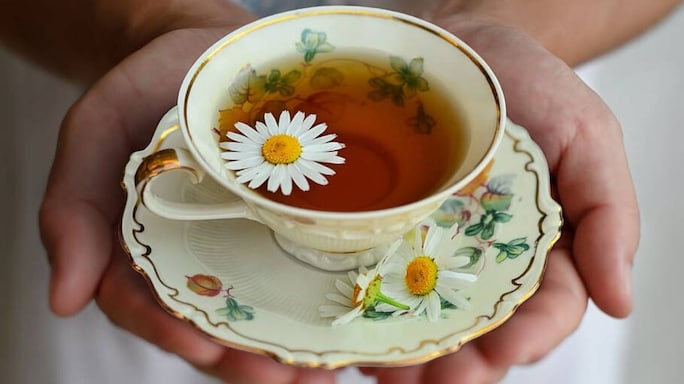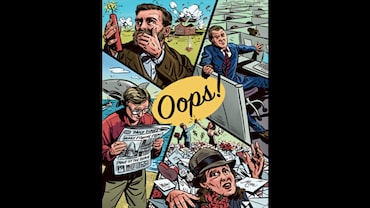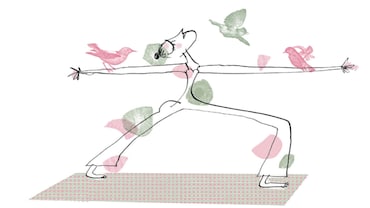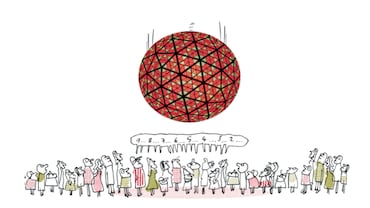- HOME
- /
- Odds and Ends
- /
- Who knew
- /
International Tea Day: Seven Facts You Should Know About Your Cuppa
Your favourite cup of beverage is a little, great thing
 Image: Pxfuel
Image: Pxfuel
All the world meets in a teacup—from salty, buttery Tibetan po cha to the milky, aromatic masala chai, to bright green Chinese matcha and the black, sweet Turkish Rize, there are as many ways of brewing and drinking tea as there are cultures around the world. Whether you drink it loose-leafed or from a bag, with or without milk and in the morning or afternoon, tea is a cultural institution that we share with the world. Here are seven facts about this tempest in a cup.
1. Tea is the second most consumed beverage in the world—the only drink more widely consumed than it is water.
2. Most pronunciations for tea across the world—whether it is the Indian chai, the Persian chay, or the Dutch thee—stem from the two root words, ‘te’ and ‘cha’. But, the cha, which is Mandarin for tea, came to be only due to an error made by a scholar named Lu Yu. He wrote the Cha Jing, or the Classic of Tea, in which he mistakenly omitted a cross stroke from the character ‘tu’, resulting in the very different word: cha.
3. Archaeological evidence suggests that tea was first cultivated in China, almost 6,000 years ago. But, tea wasn’t consumed as a beverage until 1,500 years ago. Till then this leafy green was consumed as a vegetable or eaten cooked with grain porridge.
 Tea cultivation in China (Lithograph by E. Gilks, circa 1850, after B. Clayton after Piqua. Image via Wikimedia Commons)
Tea cultivation in China (Lithograph by E. Gilks, circa 1850, after B. Clayton after Piqua. Image via Wikimedia Commons)
4. In Europe by the 1700s, tea sold for ten times the price of coffee. By the middle of the 19th century, the demand for fresh tea was so high that the world’s first fast sailboats—the clipper ships—were born out of intense competition between Western trading companies racing to bring the first tea of the season from China to Europe first, in order to maximize profits.
5. As you relax with your soothing cup of tea, did you know it was the root of China’s drug problem and was also the trigger for the First Opium war fought from 1840 to 1842? By the mid 19th century, British merchants traded heavily with China, tea in particular was extremely lucrative. The only problem: The Chinese didn’t want any British imports and would only take silver as payment. The result—large amounts of silver left the country, which the British couldn’t afford due to the Anglo-Dutch wars that had depleted its coffers. To counter this, the British started smuggling opium into China fuelling addiction and a public health problem. By 1839, opium sales to China paid for Britain’s entire tea trade. In the spring of 1839, the ruling Qing dynasty confiscated and destroyed more than 20,000 chests of opium that were warehoused at Canton which led to the start of the war.
 Opium smokers in China, circa 1858 (drawn by Thomas Allom, engraved by G. Paterson, taken from The Chinese Empire Illustrated, volume 1, via Wikimedia Commons)
Opium smokers in China, circa 1858 (drawn by Thomas Allom, engraved by G. Paterson, taken from The Chinese Empire Illustrated, volume 1, via Wikimedia Commons)
6. Our beloved drink came to be commercially grown in India due to the Great Tea Heist. By the mid-19th century, the British Empire controlled almost a fifth of the world’s surface. The only commodity they dearly loved and couldn’t control—neither its price nor quality—was tea. So, in 1848, they planned an act of corporate espionage that had a long-lasting impact on the tea trade. Scottish botanist Robert Fortune was sent to China to steal plants and secrets of tea production. Due to Fortune’s success at this heist, India even managed to surpass China in tea production during his lifetime and continues to be the second largest producer of tea in the world.
7. Throughout the history of tea and its trade, China has held a fierce monopoly on tea production and overall consumption. But, did you know China doesn’t even feature among the top 10 countries when it comes to individual consumption? The real titan of per capita tea consumption is Turkey, followed by the Irish and the English.






